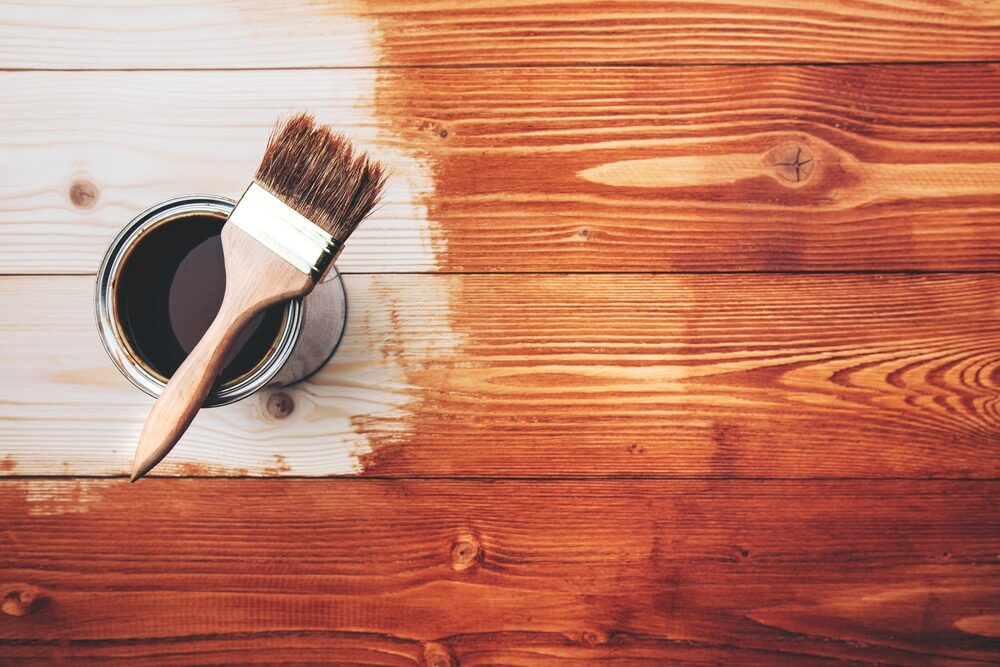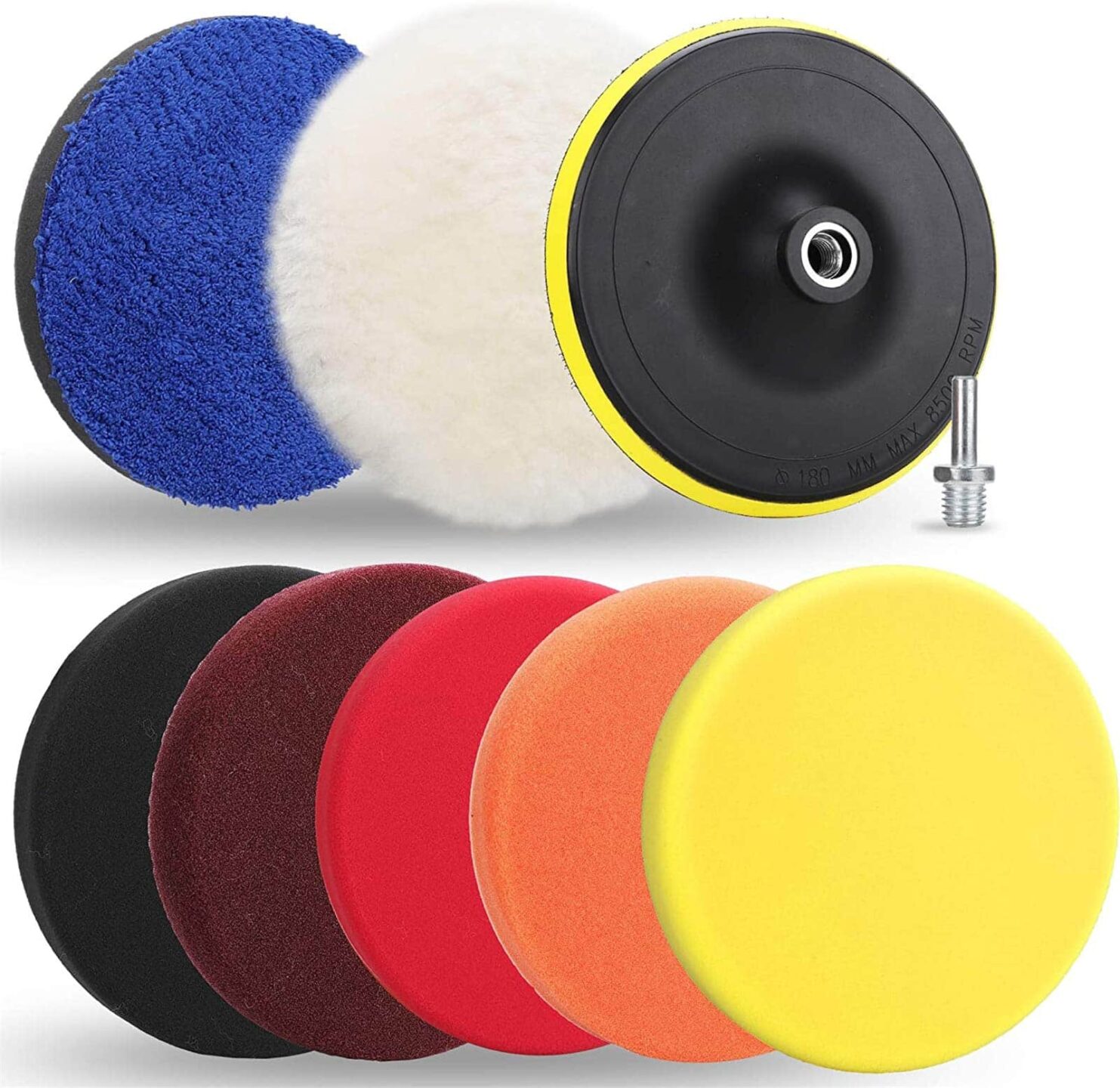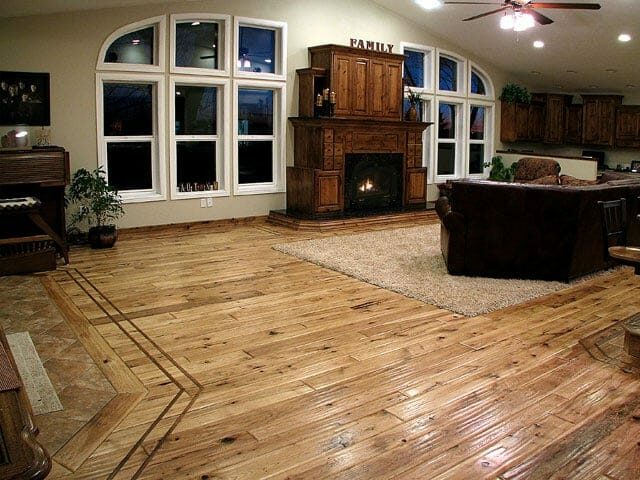London:
Nationwide:
Using a Drum Floor Sander – Why and How? | Mr Sander®
Posted on June 14, 2023
Hardwood Floors Sanding News
A Comprehensive Guide to Using a Drum Wood Floor Sander
Are your hardwood floors starting to show signs of wear and tear? If so, you may be considering the option of sanding them down and applying a fresh finish. One of the most powerful tools at your disposal for this task is a drum wood floor sander. In this guide, we’ll explore why you might choose this tool and how to use it effectively.Introduction to Drum Wood Floor Sanders
A drum sander is a large, electric floor-sanding machine that you push or pull across your floor to smooth out imperfections and remove old finishes. As its name suggests, it uses a rotating drum wrapped in sandpaper to abrade the wood.
Advantages of Using a Drum Wood Floor Sander
A drum sander is one of the most powerful types of floor sanders and can remove deep scratches, stains, and old finishes quickly. Here are a few reasons why you might choose a drum sander:- Efficiency: Drum sanders are designed for rapid material removal. They are highly efficient at sanding large, open areas, making them the tool of choice for extensive floor sanding projects.
- Deep Sanding: If your floor has deep scratches, dents, or is uneven, a drum sander can handle these imperfections better than other sanders.
- Versatility: Drum sanders can use a variety of grits, allowing you to adjust your approach based on the condition of your floor.

Tools and materials required for drum sanding
Before you start, gather the necessary tools and materials:- Drum Sander: Available for rent from many hardware stores.
- Sandpaper: Various grits (36-grit, 60-grit, 80-grit).
- Edge Sander: For sanding corners and edges
- Protective gear: dust masks, goggles, and ear protection
- Vacuum cleaner or dust collection system.
- Plastic sheeting and painters’ tape.
- Hammer and Nail Set
Step 1: Prepare Your Room
Remove all furniture and rugs from the room. Use plastic sheeting and painters’ tape to seal off doors, windows, vents, and outlets to keep dust from spreading. Ensure that all nail heads are below the surface of the floor to avoid damaging the sander.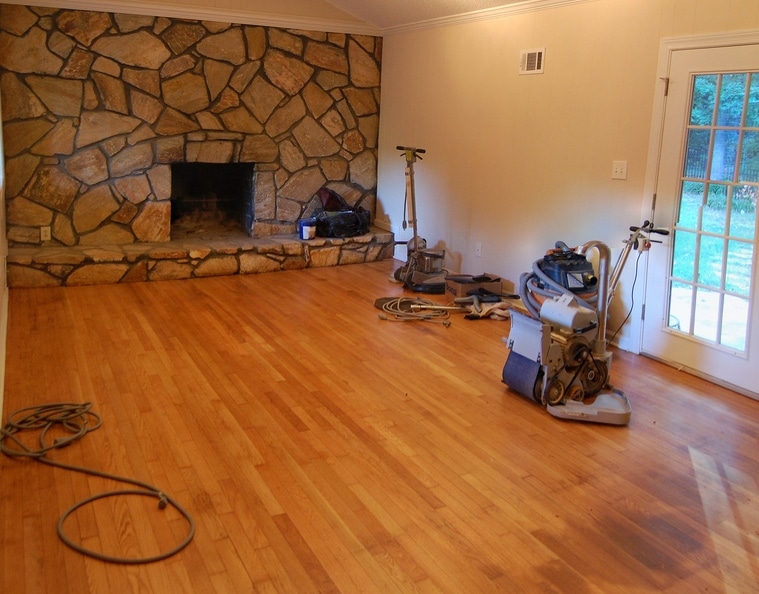
Step 2: Equip the Sander
Install the coarsest grit sandpaper (36 grit) onto the drum. The drum sander will have a mechanism for securing the sandpaper; follow the manufacturer’s instructions.Step 3: Practise with the Sander
Before you start sanding the floor, practise using the sander on an inconspicuous area or a piece of scrap wood. Drum sanders are powerful machines, so it’s important to get a feel for how they work.Step 4: Begin sanding
Turn on the drum sander and start sanding along the grain of the wood, not against it. Keep the sander moving to avoid gouging the floor. Begin with the coarse-grit sandpaper to remove the old finish and any imperfections.
Step 5: Edge Sanding
After you’ve sanded the main area of the floor, use an edge sander to sand the areas along the walls where the drum sander couldn’t reach.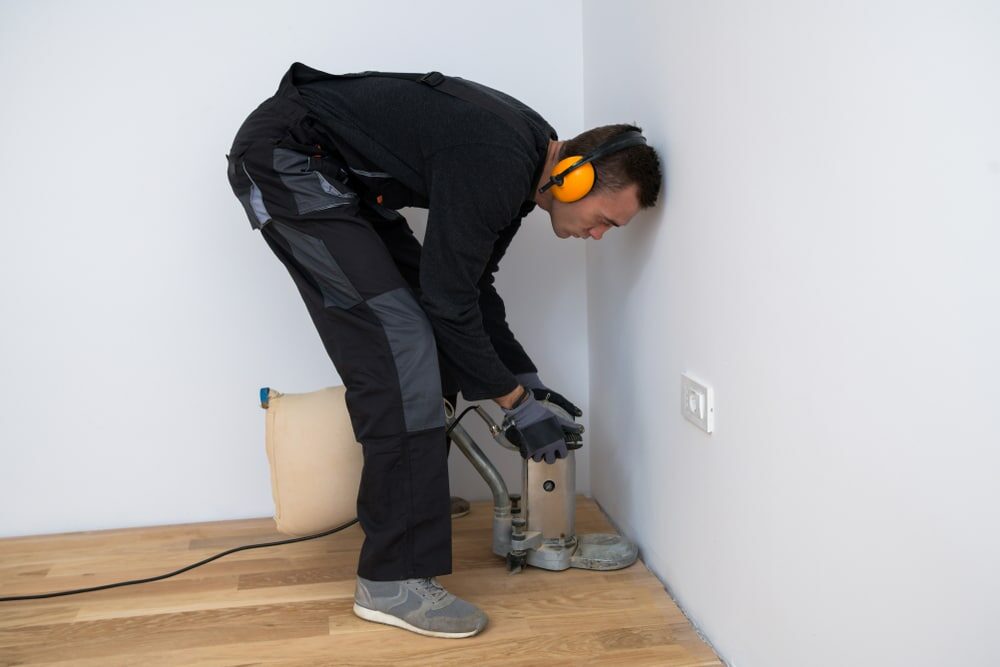
Step 6: Repeat the process
After the initial sanding, repeat the process with medium (60-grit) and then fine (80-grit) sandpaper. Each pass will further smooth the floor and remove any scratches left from the previous grit.Step 7: Cleanup
After you’ve finished sanding, clean up the dust with a vacuum cleaner. Then, use a damp mop to pick up any remaining dust.Conclusion
While a drum wood floor sander is a powerful tool that requires careful handling, it can make the task of sanding your hardwood floors more efficient. By understanding why and how to use a drum sander, you can restore your hardwood floors and enhance the overall look of your home. Happy sanding!Some Useful Links:
- Floor Sanding Services
- School Floor Sanding
- Wood Floor Restorations
- Wood Floor Repairs
- Wood Floor Polishing
More from our Blog:
Re-finishing & Screening Your Wooden Floor: A Complete DIY Guide How to Sand Hardwood Floors in 10 Easy Steps Reviving Victorian Elegance: Floorboard Sanding in West London Homes The Rise of Carpet Tiles: A Popular Choice for Modern Flooring The Biggest Wood Flooring Trends Revealed: Creating Timeless Interiors
Sanding
We provide virtually dust-free sanding with our continuous belt machinery with mobile extraction units, giving you a safer environment for your family.
Oiling
This organic finish not only adds beauty to your home but also has exceptional water-repellent characteristics, making it easier to clean and maintain.
Waxing
This natural floor finish offers the softest and most mellow appearance – and leaves your floor able to breath.
Buffing
Using soft buffing machines (and hand-polishing where required) will bring a wonderful sheen to your newly-finished floor.
Repairs
We offer a full assessment of your wooden floors to determine what repairs are needed to provide the perfect working surface for the later stages of sanding, staining and sealing.
Restoration
We offer a comprehensive restoration process designed to address floors that are improperly fitted or damaged over time through wear and tear.
Request a fixed price quote for your wood floor restoration now
Simply enter your postcode below to get started.
Services
Wood Floor Sanding Wood Floor Restoration Wood Floor Scratch Repair Squeaky Wood Floor Repair Parquet Floor Sanding Parquet Floor Restoration Commercial Floor Sanding Church Floor Sanding Community Centre Floor Sanding School Floor Sanding Gap Filling Gap Filling with ResinCopyright © Mr Sander®
Privacy & Cookies Terms & Conditions Complaints Procedure Cancellation Rights Sitemap